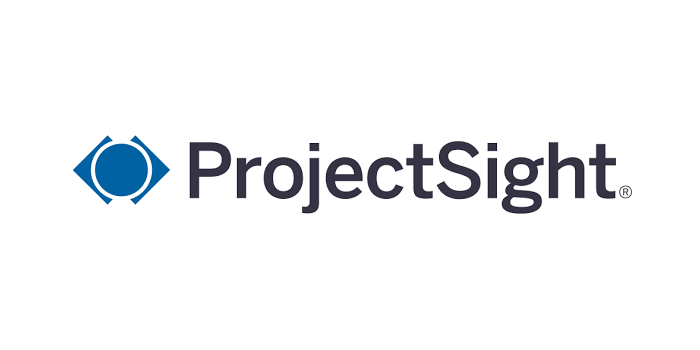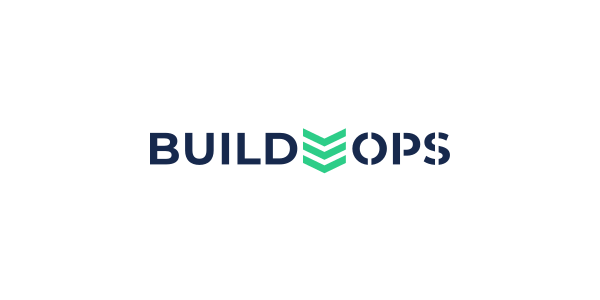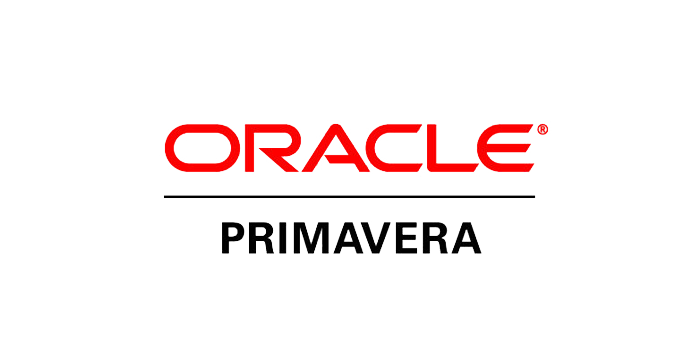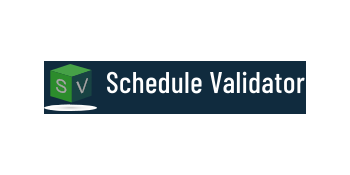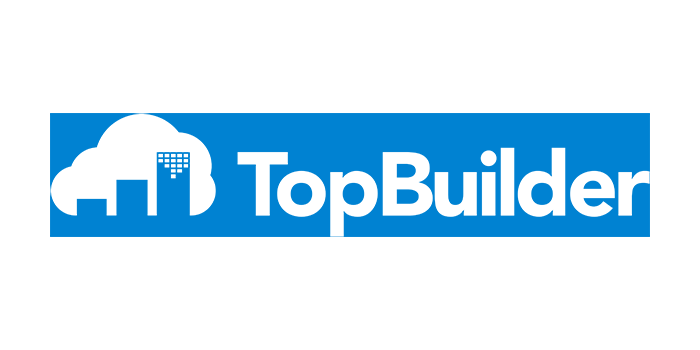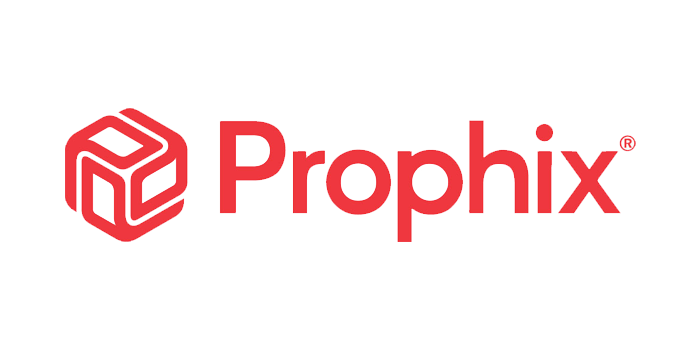This article appears in the current issue of Construction Connection, a new magazine from Oracle.
Whether they are in the power or process industry, owners, operators, and their E&C partners face extraordinary demands in the next 20 years. The International Energy Agency (IEA) 2012 World Market Report estimates that a cumulative investment of US$37 trillion is need in the world’s energy supply by 2035.1 Of that investment, US$19 trillion will need to go to oil and gas facilities and infrastructure and US$17 trillion to meet generation, transmission, and distribution needs with the remaining targeted at other energy solutions.
The $19 trillion in oil and gas investments is expected to span to globe from U.S. shale and Canadian oil sands to Iraq’s new oil fields and Brazil’s deep-water drilling. IEA also points out that the current energy renaissance in the U.S. will have significant implications for energy markets and trade. By 2030, the U.S. should be self-sufficient in net energy needs and a net oil exporter because of its increased production of oil, shale gas, and bioenergy as well as improved fuel transport efficiency. As a consequence of the U.S. shift, international oil owners will place more emphasis on Asian markets and strategic links to the Middle East.
Utilities face unprecedented pressures, as well, given IEA’s estimating $17 trillion investment in power infrastructure. Global electricity demand is expected to increase over 70% by 2035, according to IEA, with over half that demand from China and India. As well, electric utilities in the U.S. are expected to invest at least $51.1 billion in transmission projects through 2023.2 The Edison Electric Institute (EEI) estimates that more than three-quarters of the $51.1 billion will be used to support the integration of renewable resources in an effort to meet growing demand, relieve congestion, improve reliability, and support new generation sources to power grids.
Whether owner, developer, utility, or E&C company, success in the current and emerging environment will most certainly depend on an organization’s cost-control, operational efficiency, and risk mitigation – and here’s why.
Identify / Control Capital Investments
Financial discipline is about gaining better control over costs and identifying and controlling capital investments – a capability that is often lacking because of an organization’s limited visibility to its entire portfolio. How can an owner manage capital expenses or invest in the right opportunities and then create an environment where its engineering and construction consultants can seamlessly support the complete asset life cycle without visibility of all projects?
Enterprise resource planning systems provide a historical record of projects, but what about planned project spend and near-real-time cash flow?
The inability to identify and control capital investments causes repercussions throughout an organization that range from lower return on capital employed to reduced growth opportunities. If the executive team’s visibility is limited to just a project, or a region, it becomes difficult – if not impossible – for them to make decisions that can speed growth or minimize risk. Maybe projects in one region might need more funding than others in the portfolio. Alternatively, maybe there needs to be a divestiture since the costs incurred are running significantly higher than similar projects in the portfolio. Without that visibility, it’s impossible to know.
That’s the challenge a global oil and gas company operating in Alaska’s North Slope faced recently. The company had a limited window of opportunity for drilling because of weather coupled with a “time to first oil” imperative. Initially, the owner had three contractors (procurement, fabrication, and construction) working independently with no schedule integration. Looking to improve visibility, the company introduced Primavera P6 Enterprise Project Portfolio Management enterprise-wide portfolio solution which enabled all three companies to feed into a master schedule where they coordinated efforts and maximized time. With greater cost control, the oil and gas company was able to get to first oil sooner than originally anticipated, saved US$1.7 million in labor, increased craft productivity by 10%, and pulled forward US $297 million in financial benefits.
Now consider the enterprise-wide benefits to an organization that also improves enterprise efficiency.
Meeting Operational Objectives
Operational excellence speaks to improving productivity, disciplined cost controls, and a rigorous maintenance process.
Remember the US$37 trillion IEA estimates in capital expenditures through 2035? In analyzing this data, Accenture estimated that the potential overspend across the whole capital budget of the energy industries could be approximately 13%.3 Applying that 13% to the US$27 trillion finds that overspend contributes almost US$5 trillion additional cost to the anticipated investment budget. Now consider that overspend in largely a consequence of poor collaboration during the construction process. Roughly 2/3 of cost overruns can be attributed to poor relationships between owners, consultants, and suppliers, which can take shape in poor change management or RFI and submittal processes.
Clearly, the goal is to minimize waste and inefficiencies inherent in the construction of a project and on-going operations.
In oil and gas, the ability to quickly and efficiently put assets into service means revenue is realized sooner. If a well is producing sooner or an operator can minimize refinery downtime then these assets are productive. If not, then these same assets are impeding revenue generation – possibly in the tens of millions of dollars.
A focus on operational excellence will help bring a plant online earlier, keep existing assets operating as intended, and contribute to the financial performance of the company. Much like financial discipline, operational excellence begins with better visibility, in this case, of data.
One publicly owned water utility in Europe manages a US$3 billion five-year capital delivery program that involves complex financial processes with multiple delivery partners and regulatory stakeholders. The utility dumped its manual, non-integrated, and paper-based processes for Primavera P6 Enterprise Project Portfolio Management and Oracle Business Process Management.
Since implementation of a technology-driven capital investment program, the publicly owned utility has achieved significant operational savings, streamlined the data and reporting processes to improve regulatory compliance, and realized annual tax savings with a transparent audit trail.
Better data capture and reporting not only provides an organization better insight into the operational side of the business, but frees teams – internal or external – to focus on their work rather than filling out forms and delivering paperwork, thus improving productivity.
Proactive Preparedness
Unpredictability is a fact of life, and especially true of complex power and process projects. Contingency budgets are often derived from “gut” feelings based upon experience or a standard within the company or industry. Unfortunately, a contingency budget is not the optimal way to run a multi-billion dollar project or enterprise portfolio. Improved risk planning and the resulting appropriate mitigating actions allow an owner or E&C company to reduce contingency budgets and free up cash – and once again enterprise project management solutions can help.
One of the world’s leading integrated engineering and construction services companies to the oil and gas production and processing industries leverages its competencies in engineering, building and operating oil and gas facilities to maximize value to customers and generate sustainable growth in shareholder value. Much of the company’s’ current success is based on several strategic initiatives put in place more than five year ago. At the time, the company looked to grow its capabilities and expand geographic reach with a goal to double its income by 2015.
Executives knew that in order to meet strategic goals, certain business processes would have to improve. They would need to be able to prepare risk-adjusted forecasts, calculate predictable and random business activities, and demonstrate real-time adjusted “best and worst” outcomes and “predicted versus actual” performance figures to the board.
The engineering and construction company’s global business units regularly use Oracle’s Primavera Risk Analysis when bidding for oil and gas facilities contracts worth up to US$4 billion. The company looked to extend the capabilities to corporate planning and budgeting teams by replacing the disparate spreadsheet-based tools used to predict and quantify risk and uncertainty in corporate budgeting with Primavera’s probabilistic simulation and optimization models.
Today, the company’s projects span 29 countries and includes more than $2 billion in offshore projects.
To compete in the emerging economy, power and process organizations must find a way to control costs, operate more efficiently, and prepare for unanticipated risk. Enterprise project management and risk analysis technology provides the basis to do all three.
Notes:
- http://www.worldenergyoutlook.org/media/weowebsite/2012/factsheets.pdf
- http://www.eei.org/issuesandpolicy/transmission/Pages/transmissionprojectsat.aspx
- http://newsroom.accenture.com/news/capital-project-delays-and-budget-overruns-could-cost-oil-and-gas-and-utility-industries-trillions-of-dollars-accenture-research-shows.htm


